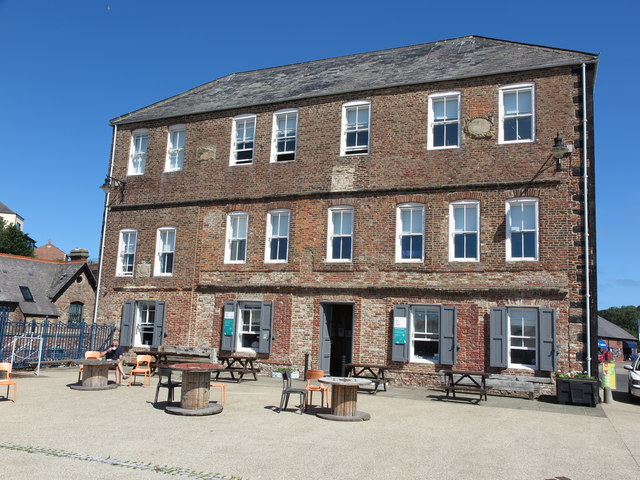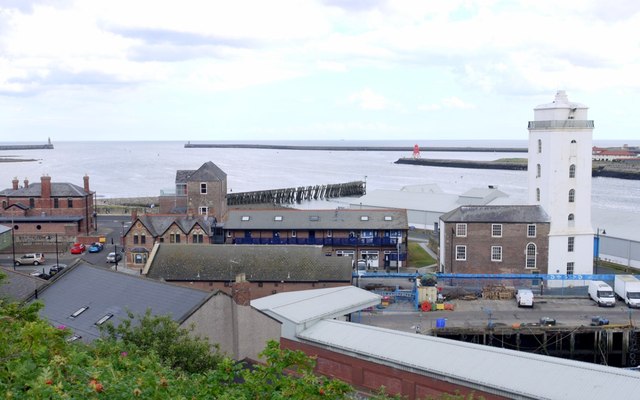Old Low Light

-
Description
...This building replaced (or was remodelled) an earlier structure which was built 1539. That building was then enclosed by Clifford's Fort in 1672. By 1686 this low light had become ruinous. The present extant structure was built circa 1727-33 as a lighthouse and comprised a 6-bay, two-storey brick building with a single light window central to its ashlar-built east gable. The building was raised by a storey and extended in 1775. ...The lantern turret of low light was removed to make way for an additional storey. It was converted to almshouses 1830 and then a warehouse and cold store. Later it was the training establishment for the deep sea fisheries association and most recently the Maritime Service Volunteers, who left in 2011...In 1536, Henry VIII granted a charter to the Blessed Holy Trinity to build and fortify two navigation lights at North Shields at the mouth of the Tyne. They were to use stone from the demolished Newcastle Blackfriars. The first Low Light was built in 1539 on a spit of land projecting 130 yards from the shore, and the High Light was built in line with it and the deep water channel at the mouth of the Tyne. Both were completed by 1540. Both towers were heightened in 1613, but both were replaced by timber towers when the channel shifted in the 17th century. New stone towers had been created by 1672 when it was included in Clifford’s fort.... -
Owner
Historic England -
Source
Local (Co-Curate) -
License
What does this mean? Unknown license check permission to reuse
-
Further information
Link: https://www.heritagegateway.org.uk/Gateway/Results_Single.aspx?uid=954947&resourceID=19191
Resource type: Text/Website
Added by: Simon Cotterill
Last modified: 1 year, 3 months ago
Viewed: 222 times
Picture Taken: Unknown -
Co-Curate tags







